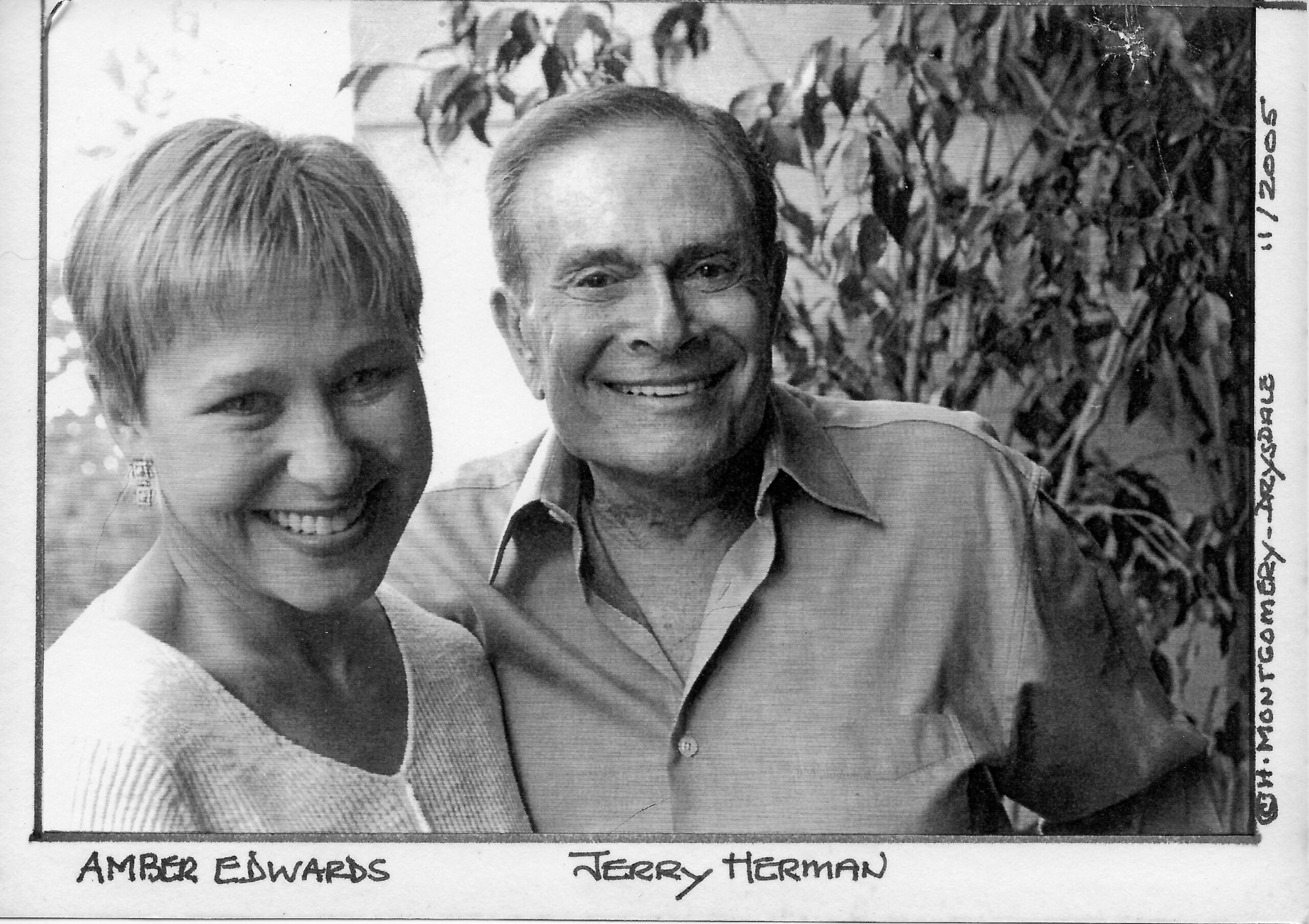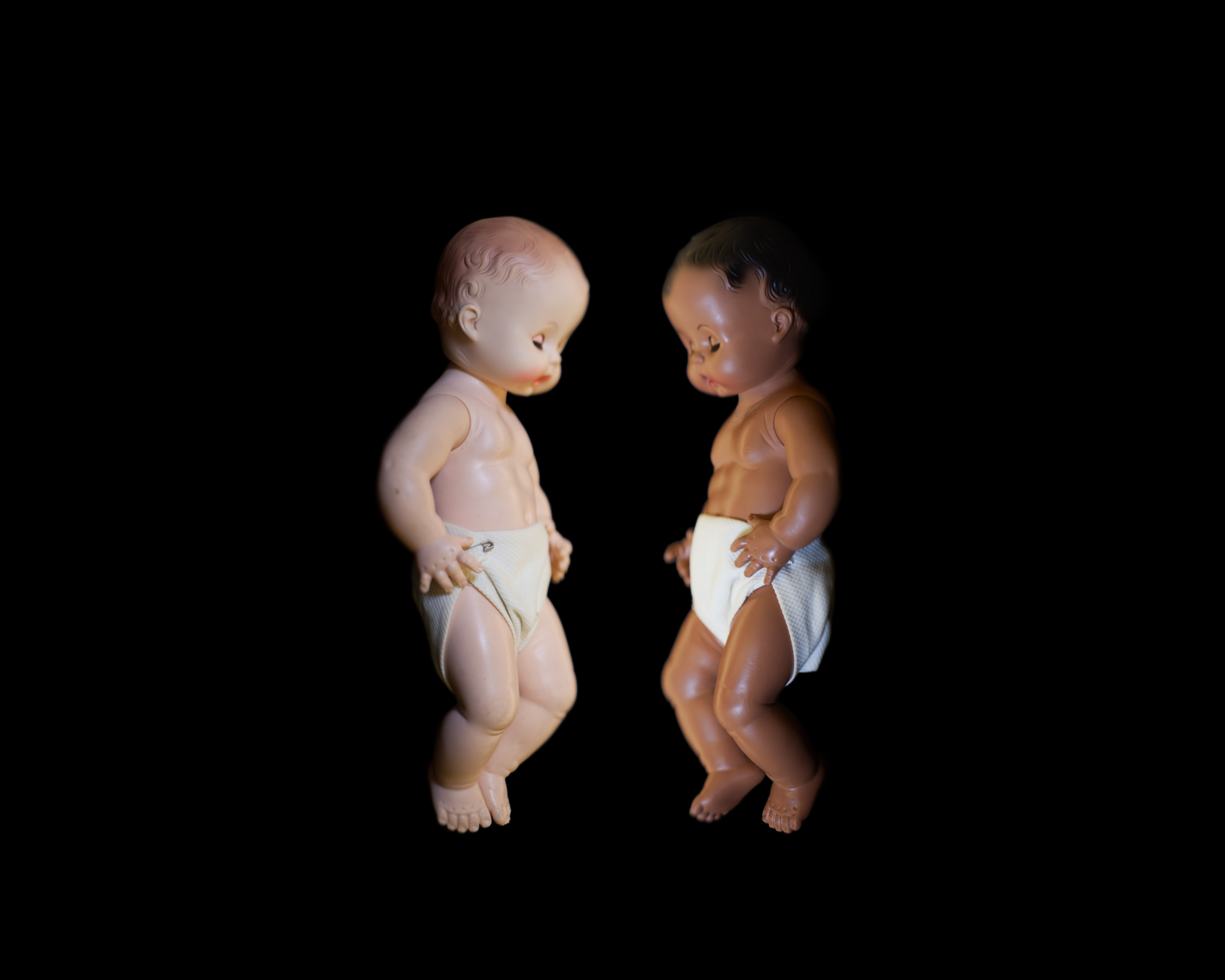Image: George Segal at work, photographed by Donald Lokuta
This year marks the centennial of iconic New Jersey sculptor George Segal (1924-2000), whose works can be found in public spaces worldwide. In Washington, D.C., his Bread Line honors the history of the Great Depression. In New York City, Gay Liberation appears at the Stonewall National Monument. The artist himself, however, lived most of his life in the vicinity of New Brunswick, New Jersey.
State of the Arts producer Amber Edwards created a personal profile of George’s life and work for national distribution on PBS in 2000. It aired just before he died, later that year. In this remarkable documentary, the artist created one of his famous body casts for the very last time, and reflected on his lifetime of work. In addition, George Segal: American Still Life explores the impact of his life-size figurative sculptures on the art world, and why his works continue to resonate so deeply with the public.
“If it works, it’s because something between artist and model works—and that’s why the models were his friends,” art dealer Carroll Janis explains, going on to note how complicated the process—and decision-making—behind plaster casting can be. You can see these decisions being explored through George’s changes in style, from his early, more expressionist casting to his later, more detail-oriented sculptures.
George acknowledges in the documentary how, historically, directly casting from the human form rather than sculpting the figure entirely from scratch was seen almost as cheating. His ease with breaking the art world’s “rules” adds further intrigue and a palpable confidence to his works. “The way you see his passion is in the fact that he simply forged ahead. Just kept it up, in a little studio in the attic of his house, for goodness sake,” says artist Robert Whitman.
The documentary spans the art world’s shift from abstract expressionism to pop art, as George Segal’s œuvre was embraced by the public’s “appetite for visual drama, for something you can identify with,” as critic Hilton Kramer puts it.
As George himself says, “If I’m able to somehow connect a chunk of ‘real’ with something mental in my head, I’m ecstatic.”
A 2015 episode of State of the Arts explored Donald Lokuta‘s photographs of the great sculptor at work. Donald met George in 1984, initially to take his portrait, but quickly became his studio assistant, close friend, and frequent model.
Currently, George Segal is featured at the Zimmerli Art Museum, as Rutgers celebrates the centennial of his birth with George Segal: Themes and Variations. The exhibition features works from the Zimmerli’s collection and the George and Helen Segal Foundation, with loans from a few private collections as well.
Upcoming gallery events at the Zimmerli include today’s Art Together: Plaster Casting family-friendly art workshop, gallery talks and live figure drawing workshops, and “George Segal and Anti-Monumentality in American Culture,” a roundtable discussion” on March 28.




























![Truckdriver after a Run, Ohio, Sol Libsohn, 1945 [ICP]](https://stateoftheartsnj.com/wp-content/uploads/2023/05/libsohn_sol_156_1983_411582_displaysize.jpg)


